Some background
The complete name of Salvador is: São Salvador da Bahia de Todos os Santos (translated as Saint Savior from the Bay of All Saints). Why? Because Amerigo Vespucci saw the bay for the first time in 1502 on the 1st of November (All Saints day). Yes, that simple.
Today it is the 4th city of Brazil in size, but it actually was the First capital of Brazil. You are reminded of this everywhere within the city, even on the buses it can be written “primeira capital do Brasil”.
Founded in 1549 by the Portuguese, it is also one of the oldest colonial city of the Americas. With what it brings: it quickly became one of the main hub of slave trade (as well as sugar cane industry if that matters). Today, Salvador is the most African populated city of Brazil (in 2008 a study showed that about half of Salvadorian DNA is from African ancestry), which is visible in terms of skin color, clearly darker than in the rest of Brazil.
We found the mix of ethnicity of the city to also be reflected in arts. For us this was the most interesting city in artistic terms: sculpture, painting, photography, capoeira, music and dances… Religion is also very present, and catholicism is the most important due to the history of the region (and the work of conversion done by various missionaries). We were told that Salvador is known to have 365 churches: one per day! We didn’t double-check that fact but we did see many churches on our way.
The Pelourinho
The Pelourinho by day
Let us begin by sharing an important fact that we experienced: Sundays and especially Mondays can be very quiet days in Brazil! We visited the Pelourinho first on a Monday early afternoon and we had a very weird feeling because the streets were too empty and quiet! Luckily it was very different in the next days!
The Pelourinho is the old center of Salvador de Bahia that dates back to the Portuguese colonial period. Its name literally means “pillory” in Portuguese. What a weird name, isn’t it? Indeed, as it refers to the punishment place for slaves: attached to pillories they would be whipped and left there to set an example. So yep, this cute district of Salvador with its pretty colorful house hide a not-so-pretty history (I am not including indigenous tribes in the talk because I don’t really know that part of the history in Salvador de Bahia).
Once this has been clearly set, the Pelourinho is home to many historic buildings (17th to 19th centuries) as its was the city center of Salvador, the first capital of Brazil. It was also the main slave market. And it counts several beautiful churches. In the 30’s a few buildings were destroyed leading to a reflexion at the country level about the preservation of historical monuments and a national effort in that direction. Only in 1985 was Pelourinho added to the UNESCO list of World Heritage Site, giving access to more funds for the renovation of the old center.
Today many of these old buildings were turned into museums and cultural centers, as well as hotels and restaurants. This definitely brings a new face to the old Pelourinho.
The Pelourinho by night
The neighborhood really reveals its beauty at night. The colors somehow become brighter, the houses illuminate themselves showing interiors we would not even have guessed, the terraces are getting animated and several bands fill the streets with music. Suddenly the streets are full and the atmosphere lighter! No worries about safety: the police presence is very strong all over the neighborhood (of course it is not an excuse to not have a minimum of common sense, you are still in Brazil).
The sunset from the Praça Tomé de Souza (just after the Praça da Sé) is very beautiful. By wandering in the old center around the time of sunset the best moment to capture beautiful pictures are captured. When the night falls, it is time to have a caipirinha and enjoy the music!
The lower city: Comércio
The Old Center has this particularity that it is divided in two. The upper city is the Pelourinho while the lower city is known as Comércio. It is actually where you find the main harbor. Both cities have been linked since 1873 by the Elevador Lacerda. First hydraulic, afterwards electric, this elevator was a real technological achievement! The latest renovation in 1930 gave it its current Art Deco style. It is still in use today!
A few years later, some funiculars have also been put in place to connect both cities. They are called “Plano Inclinado“.
Apart from the fun of using those lifts, Comércio has nothing very appealing. The main point of interest is the Mercado Modelo, a market selling souvenirs (no fresh food). The seaside is used for the offices of the docking company and the streets are mainly occupied by (ugly) residences and businesses. One interesting sight though is to see many beautiful old buildings completely abandoned; one has even been turned into a parking!
Walking from the Old Center to Barra
Another famous part of Salvador is the Porto da Barra beach, located at the Southwestern tip of the city. This is where the first European settlement was. It has an old colonial fort on one side and a church (that was closed) on the other side. It is one of the most famous urban beach. We were not so impressed.
If you continue further you will arrive at the lighthouse, which is also the nautical museum. We found the beach of the lighthouse, Praia do Farol da Barra, to be nicer. Behind the lighthouse you can find a natural pool, ideal with kids, and the sand is great to do some sand construction! We spent a good afternoon there! 🙂
The walk from the Pelourinho brought us through the actual city center giving you a better glimpse at the daily life. Then you can join the Avenida Sete de Setembro. This avenue is bordered by modern condominiums. The few old houses remaining are mainly museums.
Where to stay in Salvador de Bahia
The best place to stay in our opinion is the Pelourinho itself. Because you will want to spend some time there anyway and also because it is safe to walk around at night-time.
We stayed in a lovely pousada (guesthouse) at the Northern end of the Pelourinho, close to the Capoeira Fortress and we recommend it! It is owned by a lovely franco-italian couple (although Nathalie was in France when we were there but Marco took great care of us). A wonderful breakfast is included, a kitchen is available to cook for yourself and we found the price-value ratio to be one of the best when we looked for a place to stay. Unfortunately for some reason it is not well advertised on Booking.com so make sure to look for the name directly (or click on the link): Pousada Esmeralda.
Marco also recommended us to go see the Balé Folclórico da Bahia but we did not have the opportunity. It looks great though so we pass the recommendation over to you!
Where to eat in Salvador de Bahia
Here are a few places we try that we can recommend you (mostly in the Pelourinho district):
- Restaurante – Escola do Senac Pelorinho: it’s actually a cooking school and it might be the cheapest way for you to try good local specialties. They have a buffet on the first floor or a kilo-restaurant on the ground floor;
- Cadê Q’Chama?: to try there specialty, the moqueca. A bit expensive but very very good!
- Rango Vegan: a nice vegan alternative in town;
- Aliança Francesa: the French institute has a small restaurant on a very pleasant terrace, a good place for lunchtime;
- Le Glacier Laporte: another French place, this time for ice-cream; slightly more expensive but very tasty ice-creams.

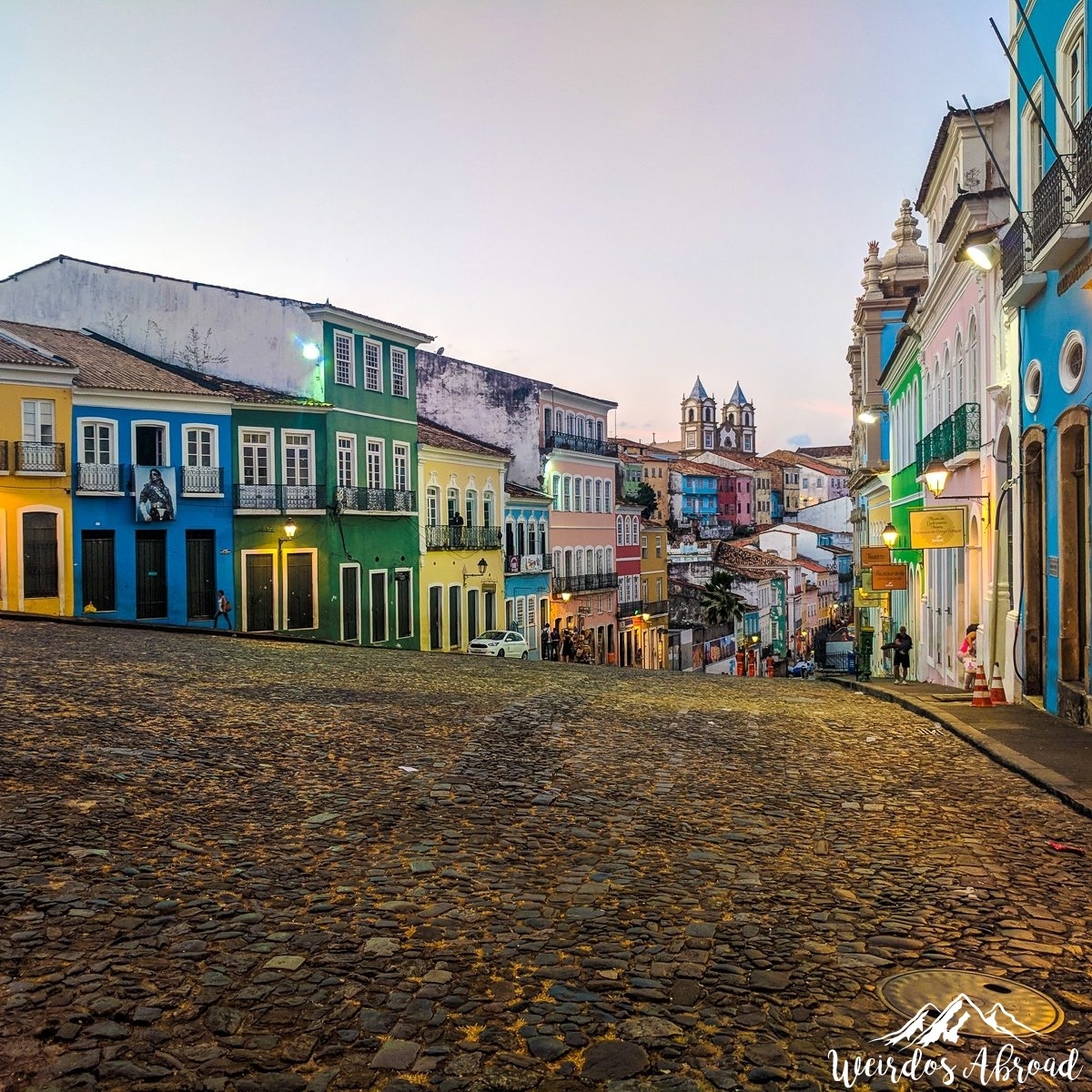
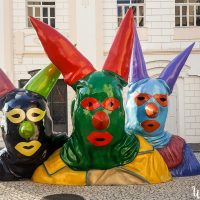
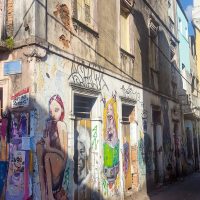
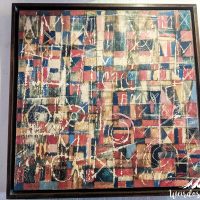
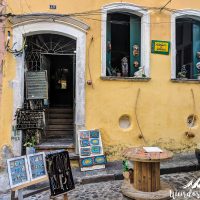
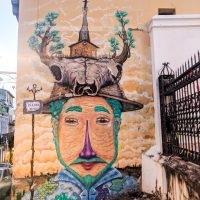
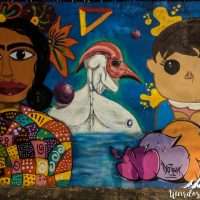
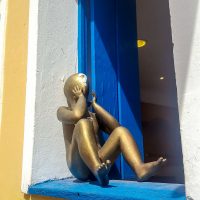
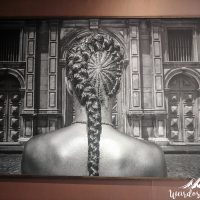
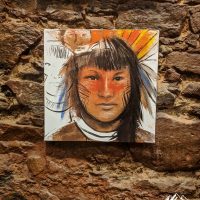
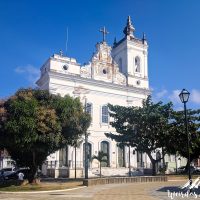
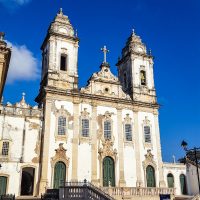
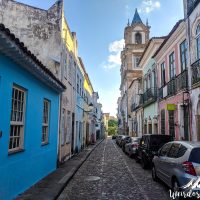
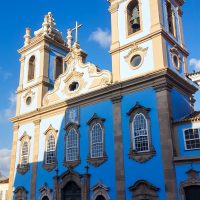
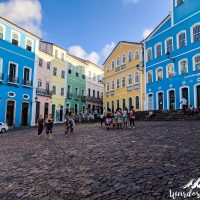
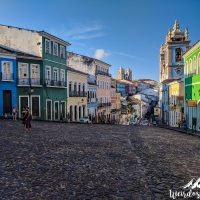
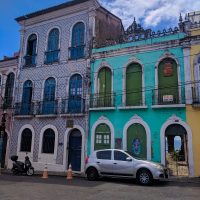
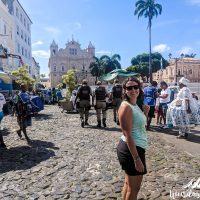
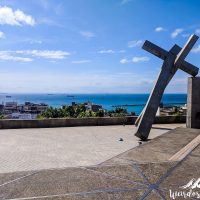
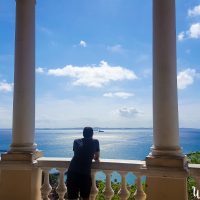
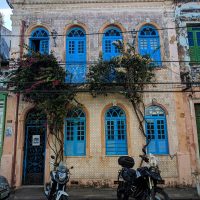
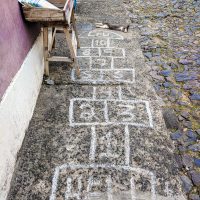
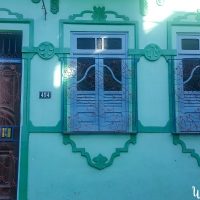
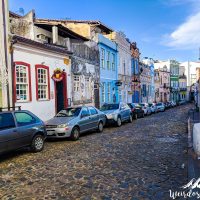
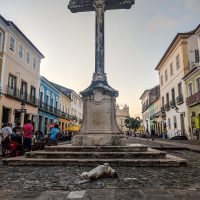
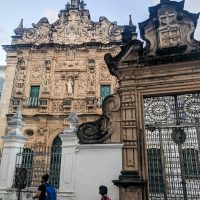
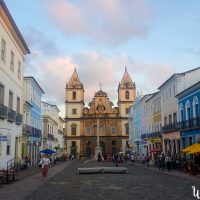
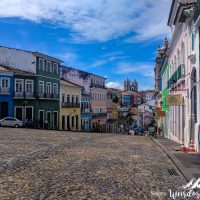
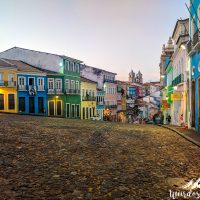
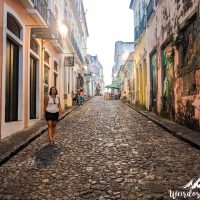
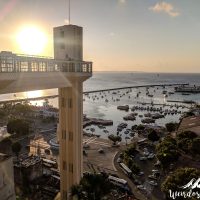

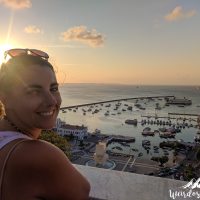
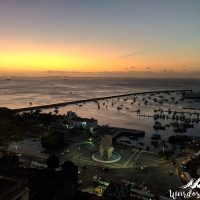
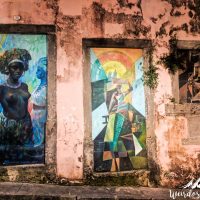
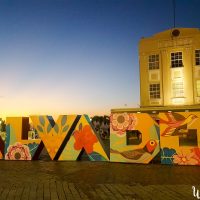
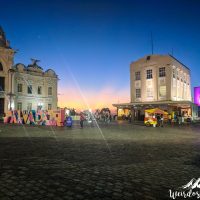
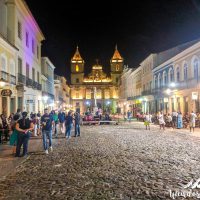
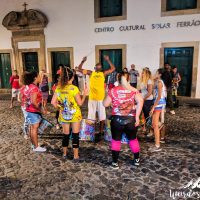
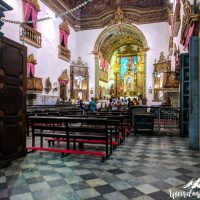
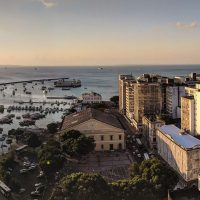
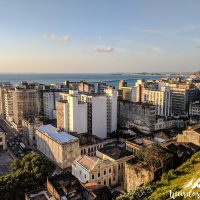
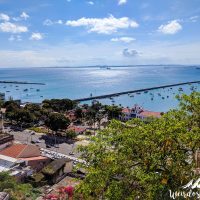
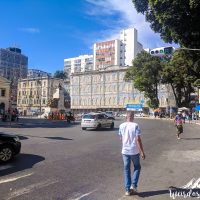
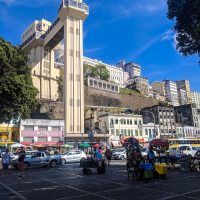
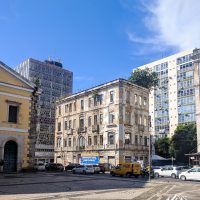
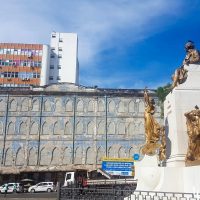
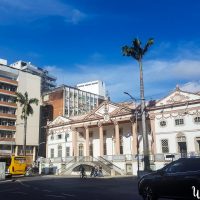
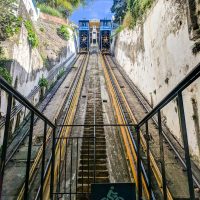
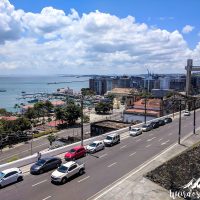
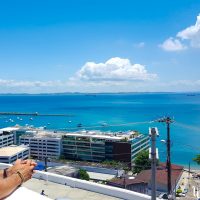
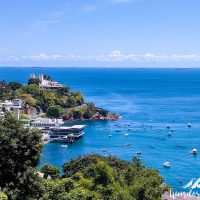
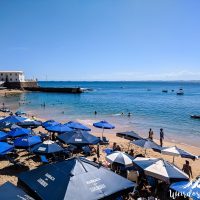
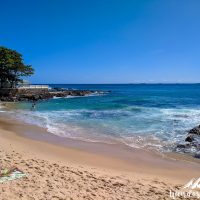
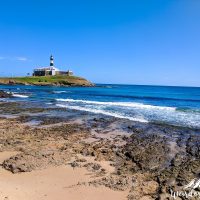
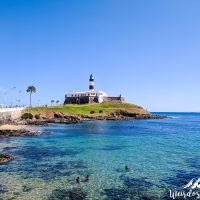
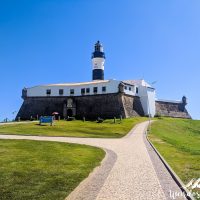
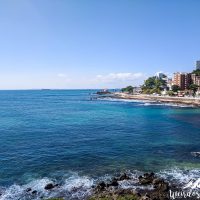
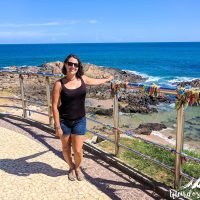
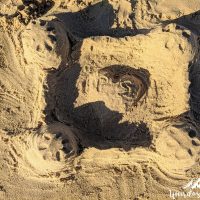
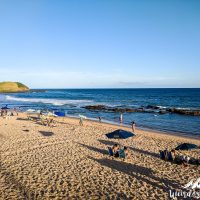


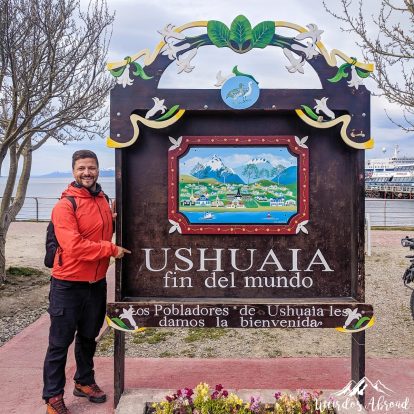
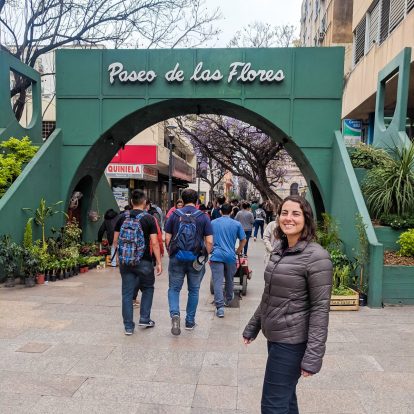
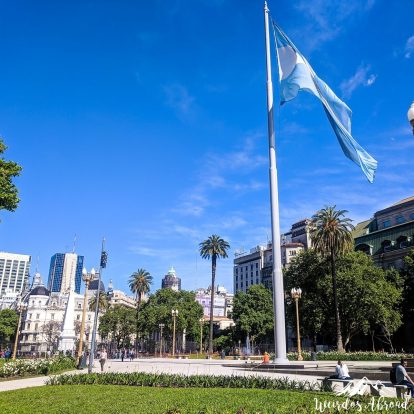
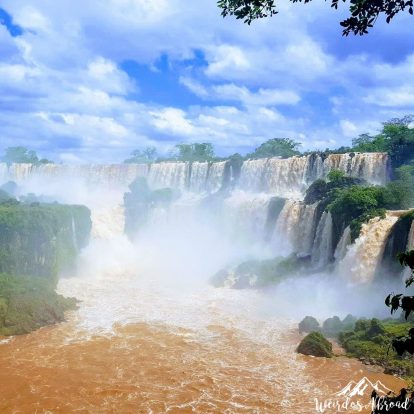
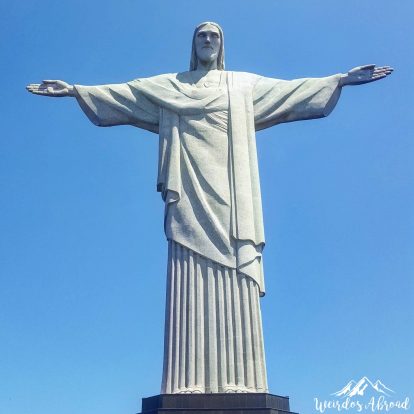
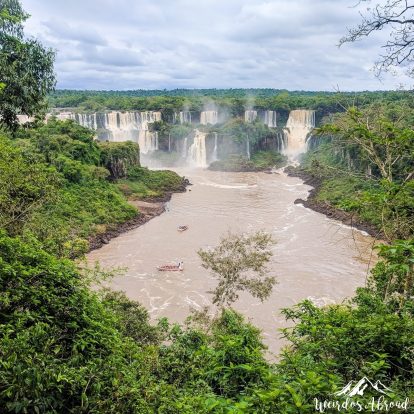
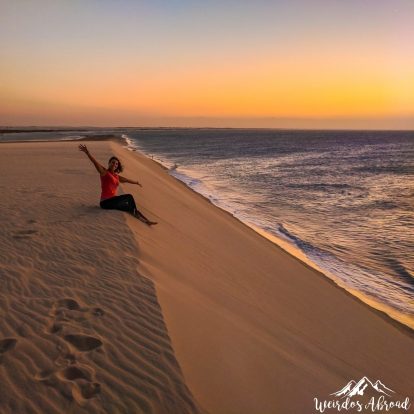
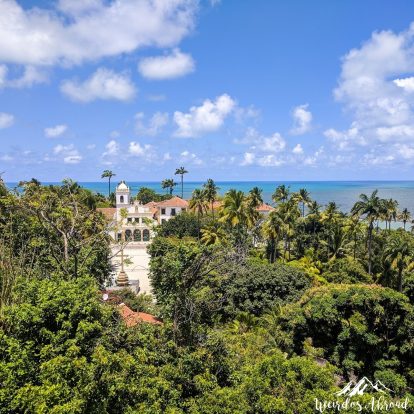
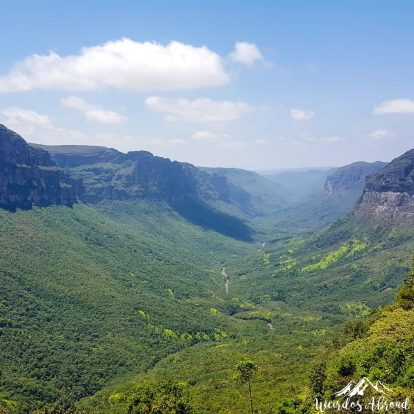
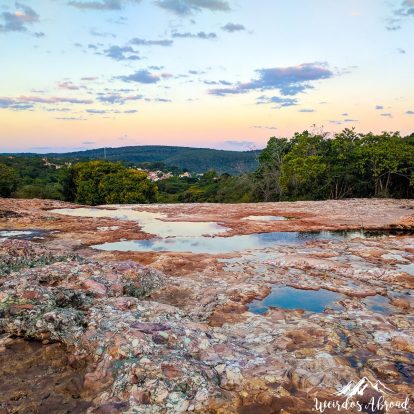
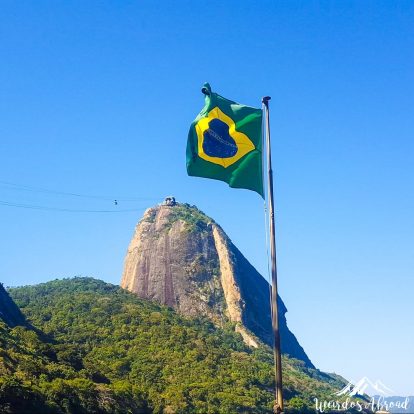
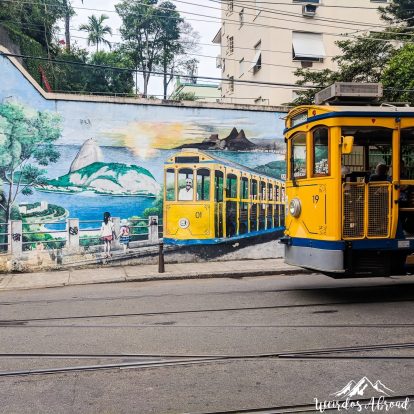
One thought on “Salvador de Bahia: a dark history under pastel colors”